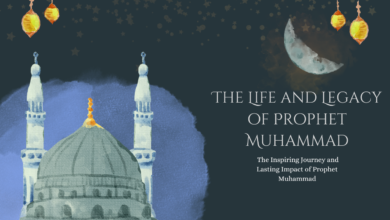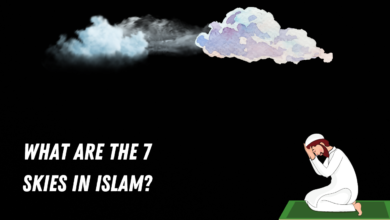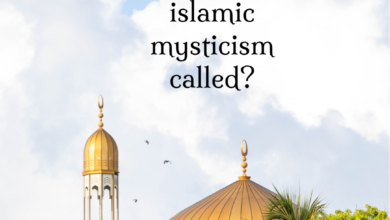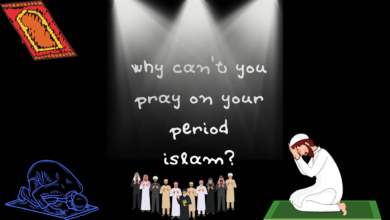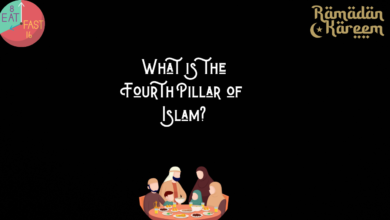
Islam map
The Islamic World Map is a geographical representation that illustrates the distribution of Islamic communities and significant landmarks associated with Islam worldwide.
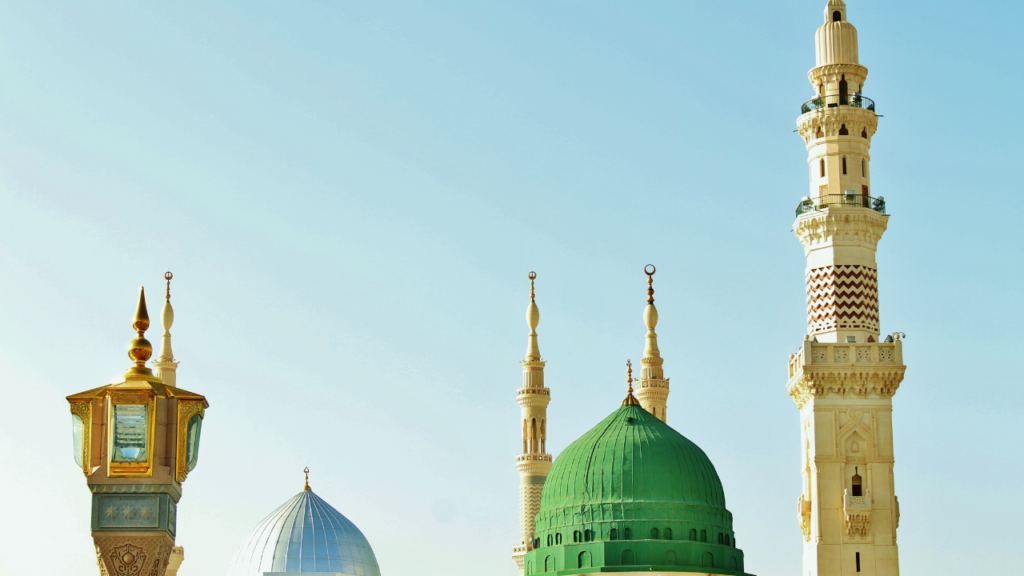
Introduction
The Islamic world is vast and diverse, comprising over a billion Muslims spread across the globe. To gain a deeper understanding of Islam and its influence, it is essential to explore the geographical distribution of Islamic communities, cultures, and history. This article takes you on a journey through the “Islam Map,” showcasing the rich tapestry of Muslim societies across continents and centuries.
Origins of Islam
Islam emerged in the 7th century CE in the Arabian Peninsula, with its spiritual and temporal center in the city of Mecca. The Prophet Muhammad received revelations from Allah (God) through the angel Gabriel, which were later compiled into the Quran. As Islam grew, it spread rapidly through conquests, trade, and migration, leading to the creation of a vast and interconnected Islamic world.
The Arabian Peninsula
The birthplace of Islam, the Arabian Peninsula remains central to Islamic history and culture. Mecca and Medina are two of the holiest cities in Islam. Every year, millions of Muslims from around the world embark on the Hajj pilgrimage to Mecca, a mandatory religious duty for those physically and financially able.
The Middle East
The Middle East is home to some of the most ancient and influential Islamic civilizations. Countries like Saudi Arabia, Iraq, and Iran played significant roles in the early development and expansion of Islam. Baghdad, under the Abbasid Caliphate, was a center of learning and culture during the Islamic Golden Age.
North Africa
North Africa witnessed the early spread of Islam through Egypt and the Maghreb. The historic city of Cairo is known for its Islamic architecture, including the iconic Al-Azhar Mosque, one of the world’s oldest universities. The region’s Islamic heritage is intertwined with Berber and Arab cultures.
West Africa
Islam spread to West Africa through trade routes and interactions with North African traders. Today, countries like Senegal, Mali, and Nigeria have vibrant Muslim communities that blend indigenous traditions with Islamic teachings. Timbuktu, Mali, was a renowned center of Islamic scholarship.
East Africa
The Swahili Coast of East Africa has a long history of Islamic influence, dating back to the 8th century. Countries like Kenya and Tanzania have sizable Muslim populations. Lamu, an ancient Swahili settlement, showcases a unique blend of Islamic and African architectural styles.
South Asia
South Asia is home to the world’s largest Muslim population, primarily in countries like India, Pakistan, and Bangladesh. The Mughal Empire left an indelible mark on the region’s history and art, as seen in the Taj Mahal and the Red Fort in Delhi.
Southeast Asia
Islam arrived in Southeast Asia through maritime trade routes. Indonesia, the world’s most populous Muslim-majority country, has a diverse Islamic culture. The region is known for its unique synthesis of Islamic, Hindu, and Buddhist elements in architecture and art.
Also Check
- Islam about Jesus
- Who are Munkar and Nakir in Islam?
- Which Hadith do Sunnis follow?
- Islamic picture
- Is Islam Arabic?
Central Asia
The Silk Road facilitated the spread of Islam into Central Asia, where countries like Uzbekistan, Tajikistan, and Kazakhstan have embraced Islam alongside their Central Asian traditions. Samarkand and Bukhara are renowned for their Islamic heritage.
Europe
Islam has a presence in Europe, notably in countries like Turkey, which straddles both Europe and Asia. The Ottoman Empire, a Muslim-majority state, had a profound impact on the continent’s history. Today, European Muslims are contributing to the multicultural fabric of their countries.
The Americas
The Americas have diverse Muslim communities, with significant populations in the United States, Canada, and various countries in Latin America. Muslims in the Americas come from a wide range of cultural backgrounds, reflecting the global nature of Islam.
Conclusion
The “Islam Map” is a testament to the incredible diversity and historical significance of the Islamic world. From its origins in the Arabian Peninsula, Islam has spread across continents and influenced a multitude of cultures, languages, and traditions. Understanding the geographical spread of Islam is essential for appreciating the multifaceted nature of this global faith. It is a reminder that Islam is not confined to any one region but is a vibrant and dynamic force that has shaped and continues to shape our world in myriad ways.
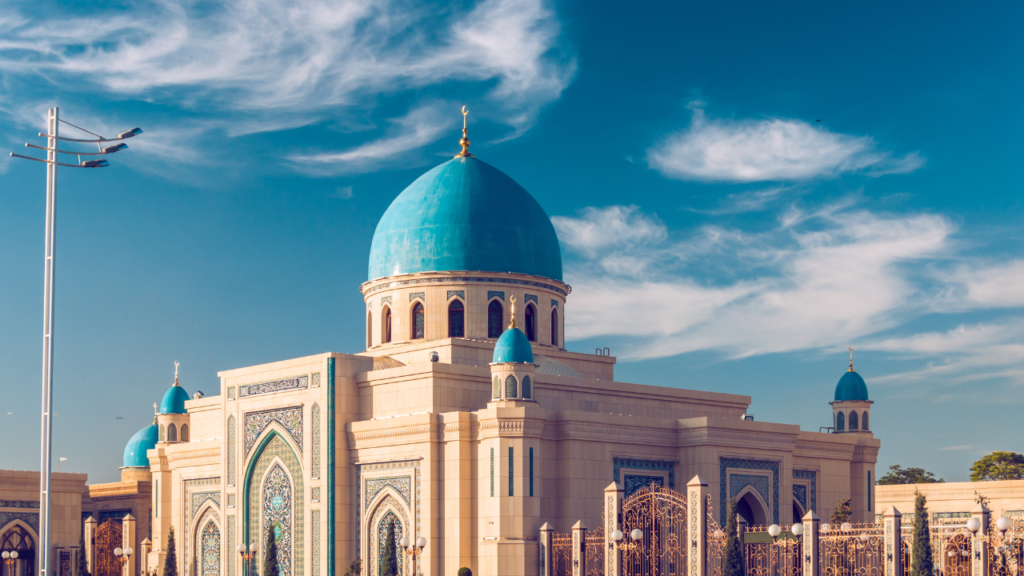
FAQs about the Islamic World Map
What is the Islamic World Map?
The Islamic World Map is a geographical representation that illustrates the distribution of Islamic communities and significant landmarks associated with Islam worldwide.
What does the Islamic World Map depict?
It depicts countries with Muslim-majority populations, significant Islamic historical sites, and important Islamic landmarks like mosques and religious centers.
What are some prominent features on the Islamic World Map?
Key features include the Kaaba in Mecca, the Prophet’s Mosque in Medina, the Dome of the Rock in Jerusalem, and various other historic mosques and Islamic institutions.
Why is the Kaaba in Mecca important on the Islamic World Map?
The Kaaba is considered the holiest site in Islam and is the focal point of the annual Hajj pilgrimage. It is located in the center of the Masjid al-Haram in Mecca, Saudi Arabia.
What is the significance of the Dome of the Rock in Jerusalem on the map?
The Dome of the Rock is a shrine located on the Temple Mount in Jerusalem. It is significant because it is believed to be the site where the Prophet Muhammad ascended to heaven during the Night Journey.
Are non-Muslim-majority countries included on the Islamic World Map?
Yes, the map may include countries with significant Muslim minorities or historical Islamic influence, even if they are not Muslim-majority countries.
Can the Islamic World Map change over time?
Yes, the map can change as populations grow or shift, and as political boundaries change. It may also be updated to reflect new Islamic landmarks or developments.
Are there different versions of the Islamic World Map?
Yes, there can be various versions of the map, each emphasizing different aspects of Islamic geography or history. Some may focus on religious landmarks, while others may highlight cultural or historical elements.
Is the Islamic World Map used for educational purposes?
Yes, the map is often used in educational settings to teach students about the geography and cultural significance of the Islamic world. It can also be used for tourism and pilgrimage planning.
Where can I find an updated and detailed Islamic World Map?
You can find Islamic World Maps in books, educational resources, and online. Reputable sources such as academic institutions, cartography websites, or Islamic cultural centers often provide accurate and up-to-date maps.
